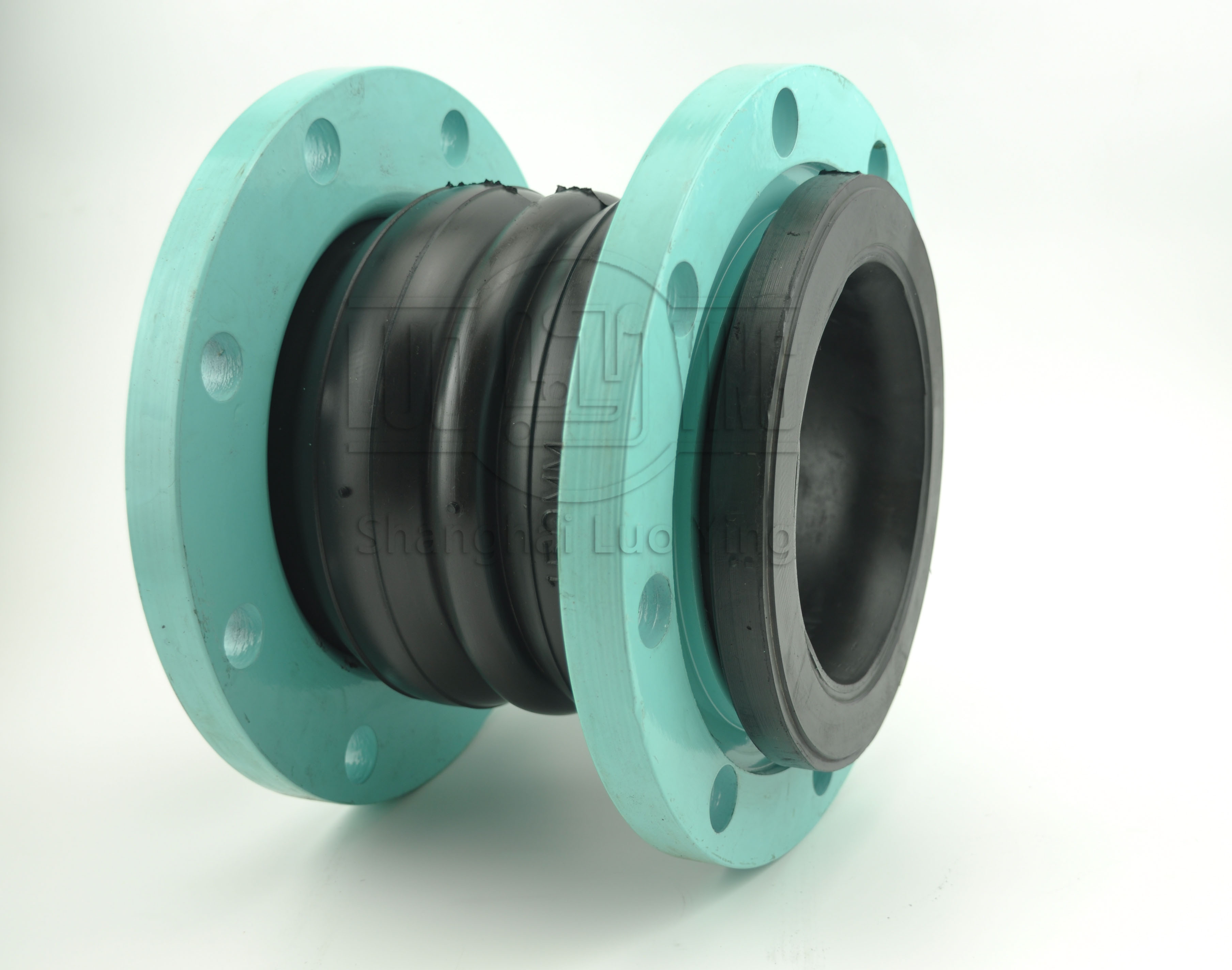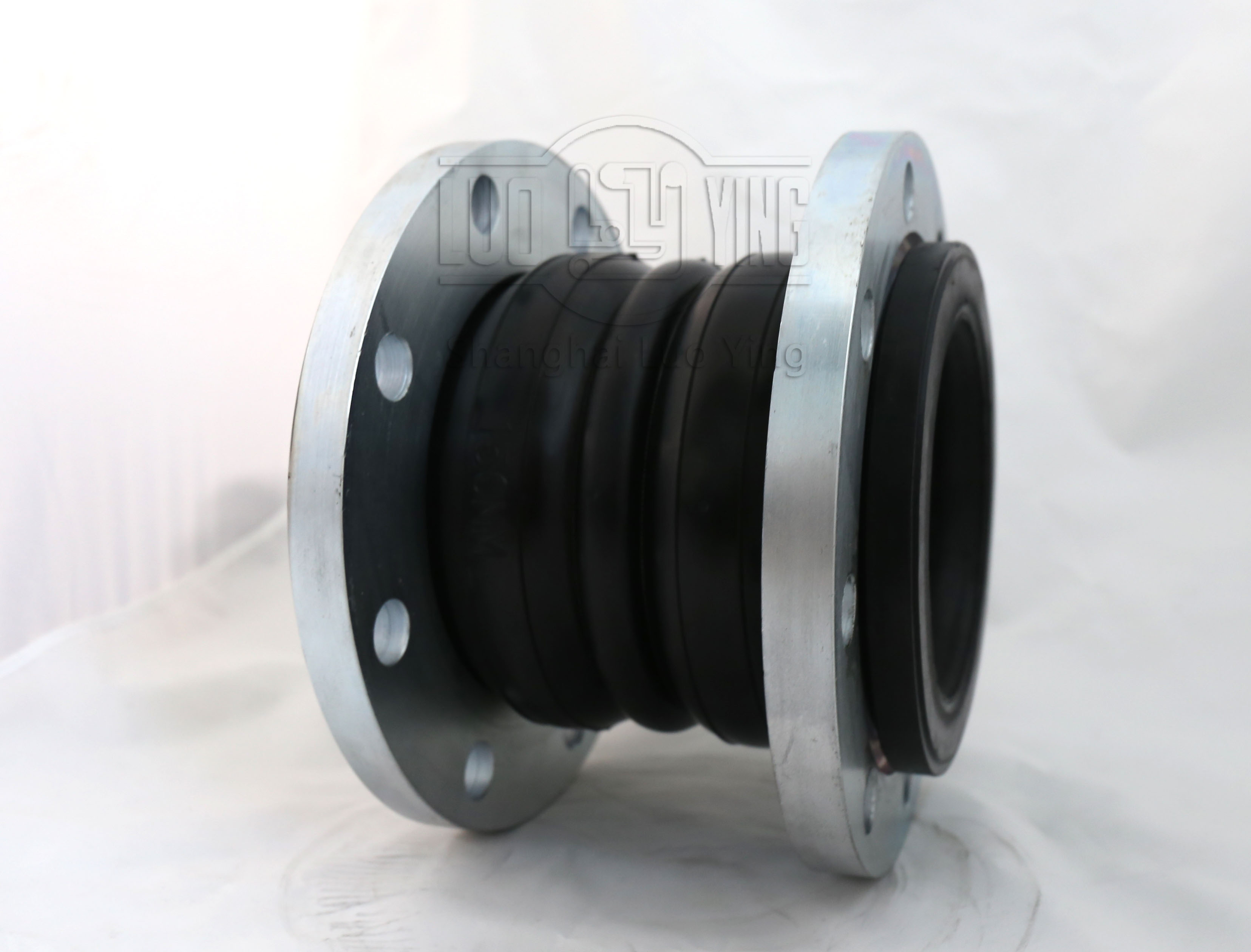Installation method of double ball rubber joint.
Oct-23-30
Installation method of double ball rubber joint.Installing a double ball rubber joint is a straightforward process that requires careful attention to detail. these step-by-step instructions to install a double ball rubber joint correctly:
Step 1: Gather the necessary tools and materials Before you start the installation process, make sure you have all the required tools and materials. You will need a double ball rubber joint, appropriate flanges or connectors, bolts, nuts, gaskets, a wrench, and a torque wrench.
Step 2: Identify the correct position for installation Carefully examine the piping system and identify the desired location for installing the double ball rubber joint. Ensure that there is sufficient space to accommodate the joint and that it is positioned correctly within the pipeline.

Step 4: Install the flanges or connectors Attach the matching flanges or connectors to the ends of the pipeline. Ensure that they are properly aligned and centered with the pipeline. Use bolts and nuts to secure the flanges or connectors tightly.
Step 5: Prepare the rubber joint Inspect the double ball rubber joint to ensure that it is in good condition without any damages or defects. Apply lubricant or a compatible sealant to the inner and outer surfaces of the joint to facilitate easier installation and improve the seal.
Step 6: Insert the rubber joint Carefully insert one end of the rubber joint onto the flange or connector of the pipeline. Ensure that the joint is properly seated and aligned with the flange or connector. Repeat this step for the other end of the joint.
Step 7: Tighten the bolts Using a torque wrench, gradually tighten the bolts on each flange or connector. Start with a lower torque setting and gradually increase the torque until it reaches the specified value. Ensure that the bolts are evenly tightened to create a uniform seal.

Step 9: Test the joint Once the installation is complete, test the joint for any leaks or abnormalities. Turn on the fluid flow and check for any visible leaks around the joint or flanges. Make sure that the joint performs as expected and allows smooth flow.
Step 10: Perform regular inspections and maintenance Regularly inspect the double ball rubber joint for signs of wear, damage, or leaks. Perform any necessary maintenance, such as tightening bolts, replacing gaskets, or lubricating the joint. Proper maintenance will extend the life of the joint and ensure its continued functionality.
In conclusion, the installation of a double ball rubber joint involves gathering the necessary tools, preparing the pipeline, installing the flanges or connectors, preparing the rubber joint, inserting the joint onto the pipeline, tightening the bolts, inspecting for proper alignment, testing the joint, and performing regular inspections and maintenance. By following these steps, you can successfully install and maintain a double ball rubber joint for your pipeline system.

